Understanding When a Well Inner Casting Needs to be Repaired
A water well’s inner casing preserves its stability and safeguards the water from impurities.
A water well’s inner casing preserves its stability and safeguards the water from impurities. However, the casing might degrade over time for various reasons. Thus the water quality can decline and pose potential health risks. This article delves into the signs that a well’s inner casing requires repairs:
Signs of a damaged well inner casing
Since most damage happens underground, spotting problems with a well’s inner casing may be difficult. Nonetheless, stay watchful and check the well for the following symptoms to detect internal casing defects:
Reduced water flow
A slow decline in water flow could suggest that the well casing has weakened. Therefore, sediment and debris block the water from passing through.
Contaminants in the water supply
Sand, dirt, sediment, or other impurities in the water supply might hint at a crack in the well casing, which allows these substances to seep in.
Frequent filter replacement
Having to replace water filters frequently might indicate damage to the casing. Filters in a faulty casing must work harder to eliminate contaminants in the water.
New contamination problems
The sudden presence of bacteria, chemicals, or other harmful materials in the water supply could mean the well casing can no longer shield the water source from pollutants.
Timely repairs are vital
Drinking impure water can lead to health concerns, including digestive issues and infections. Quickly addressing casing damages can provide continued clean drinking water for a healthier household.
A weakened casing may compromise the well’s stability. An unstable well increases the risk of collapse. Swift repairs help stop further decay and protect the water source and surrounding areas.
Regular inspections and maintenance can reduce the likelihood of well inner casing damage. These routine assessments help track down potential troubles before they worsen. Work with experienced contractors to keep the well in prime condition.
During an evaluation, contractors will check the well casing for leakage, fractures, and other damage. They might use tools like a downhole camera to inspect the well’s interior and evaluate the inner casing’s state.
Repairing a damaged well inner casing
The repair method will hinge on the scope and severity of the inner casing damage. Repairing sleeves or well liners can cover and seal the impacted area and stop minor leaks. These solutions fit seamlessly within the casing without interfering with the water flow.
Repairs might be complicated for more severe damages or multiple leakages where partial or total casing replacements may prove necessary.
Safe drinking from safe wells
Households can ensure the well’s longevity and dependability by watching out for red flags, arranging regular inspections and maintenance, and swiftly tackling casing issues. Collaborating with an expert well contractor is the best practice for keeping the well in exceptional condition.
Pump Repair Services provides residential and commercial pump repair services for water well pumps, water feature pumps, transfer pumps, industrial irrigation pumps, and more, as well as custom water filtration services in the Orlando area. (Sorry, no pool pumps or sewer pumps.) We offer 24-hour emergency service. Call us at (407) 625-5499.

